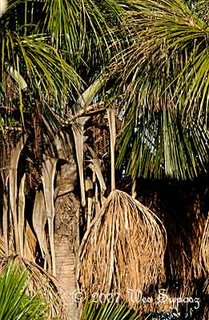Tuesday, January 30, 2007
Wednesday, January 24, 2007
Tuesday, January 23, 2007
Lost in time
Monday, January 22, 2007
Sunday, January 21, 2007
Ducks in Pantanal
Chestnut-eared Araçari
Saturday, January 20, 2007
Greater Rhea
Thursday, January 18, 2007
Wednesday, January 17, 2007
The team work
Secretive bird
Tuesday, January 16, 2007
Monday, January 15, 2007
Wednesday, January 10, 2007
Black-collared Hawk
Another lizard
Sunday, January 07, 2007
Capybara
A smile
Actually this Paraguayan Caiman (Cayman crocodilus yacare) is not smiling, just warming up in the sun. There are hundreds of thousands of those animals in Pantanal and they are responsible for controlling the population of Piranhas. It is rather small, length does not exceed 2.5 meters and not dangerous, unless one steps on it.

Friday, January 05, 2007
My first book
Pollution
Trees of Cerrado
Queimadas
"Queimadas" is a Brazilian word for criminal fires of savanna and forests. After few months without the rain, savanna (Cerrado) becomes very dry and many locals set it on fire. This causes the destruction of the natural cycle. In nature burning happens, but not with the intensity and frequency of the human created problem. Dry grass of Cerrado burns very fast and hot. Often fires stops as quickly as it starts and most trees are not affected, however, this is not always a case (photo).

Thursday, January 04, 2007
Deadly beauty
126 wooden bridges of Transpantaneira
Moriche Palm tree
Wednesday, January 03, 2007
The skies of Chapada dos Guimarães.
Tragic end
Dedicated to singing.
Tuesday, January 02, 2007
Typical house in Pantanal
Storing the fish
Fisherman in Pantanal
Monday, January 01, 2007
Work or steal?
Subscribe to:
Comments (Atom)
















































